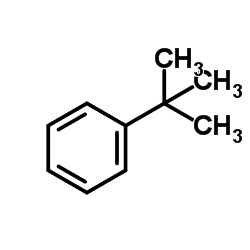| Structure | Name/CAS No. | Articles |
|---|---|---|
 |
1-Bromo-4-tert-butylbenzene
CAS:3972-65-4 |
|
 |
t-Butylbenzene
CAS:98-06-6 |